One of the rituals of Hajj that pilgrims must perform is throwing stones, which is known as the stoning ritual. The stoning ritual is usually performed at the Holy Site of Mina after wukuf at Arafah and Mabit or staying at Muzdalifah.
Many people are contemplating and questioning where the pebbles went after the pilgrims finished throwing them after performing the stoning ritual in Mina, mainly because of the multi-story Jamarat facility, where the pebbles fell on three pillars and extended up to four floors at a depth of 15 meters.
While speaking to the Saudi Press Agency (SPA), an employee of the Kedana Company, E. Ahmed Al-Subhi, revealed that the process of handling the Jamarat pebbles begins on the first, second, and third days after the pilgrims finish the stoning ritual.
Step 1: Stones get collected in one place
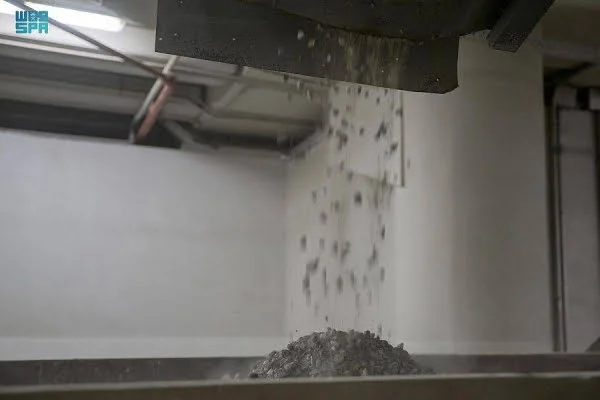
Step 2: Then stones transferred into a one big automated tub
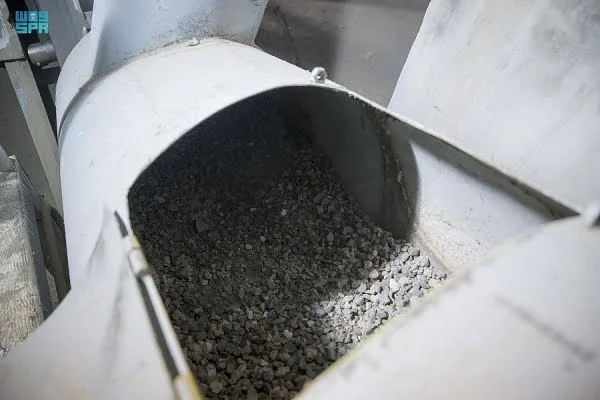
Step 3: Stones are collected into small compartments
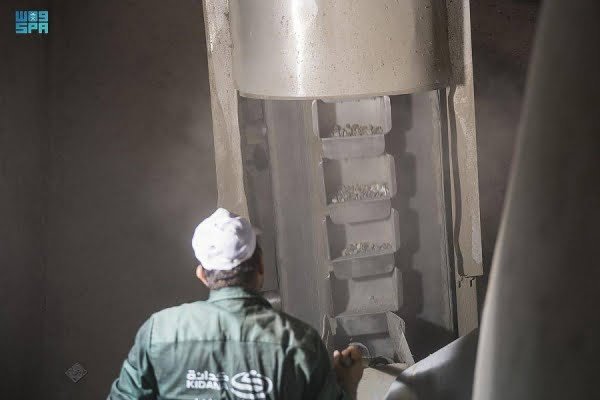
Step 4: And then these stones get recycled to be reused by other pilgrims
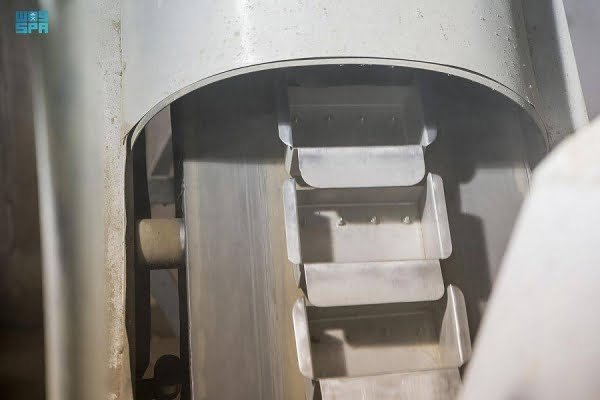
Al-Subhi explained that pebbles that fall vertically downwards and settle in the basement of the Jamarat facility would gather at a depth of 15 meters on three pillars. Then several conveyor belts will be tasked with collecting stones thrown by pilgrims to the sieving process and spraying them with water, removing dust and dirt stuck to the pebbles. Finally, the cleaned pebbles will be transferred to the vehicle and stored for further handling after the Hajj season ends.
Al-Subhi confirmed that there will be tons of pebbles during the Hajj season according to the number of pilgrims themselves.
On the other hand, the party responsible for organizing and arranging the pebbles, Hidayah-Haji and Mu’tamer Gift, in collaboration with the Kedana Company, the leading developer of the Holy Sites, has implemented a qualitative initiative to serve the pilgrims at the Holy Site.
According to official statistics, Jamarat’s gravel can reach up to 1,000 tons annually. After the Hajj season, the cleaned gravel will be packed in small gravel bags. As reported by the organization in charge of managing the pebbles can provide more than 80,000 bags of gravel which will then be redistributed to 300 contact points for pilgrims on the walking route in Muzdalifah so that the prospective pilgrims can return for the following season.
The purpose of distributing a total of 83,411 bags of gravel in this year’s Hajj season to pilgrims is nothing but to alleviate the burden of pilgrims during their rituals.

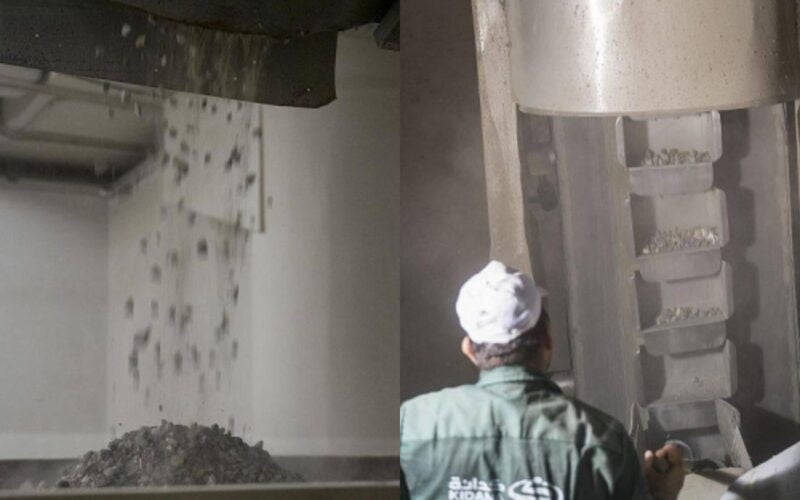
 WhatsApp Channel
WhatsApp Channel
 Instagram
Instagram
 Facebook
Facebook
 X (Twitter)
X (Twitter)
 Google News
Google News
Nice to know about the throwned pebble at Mujdalifa